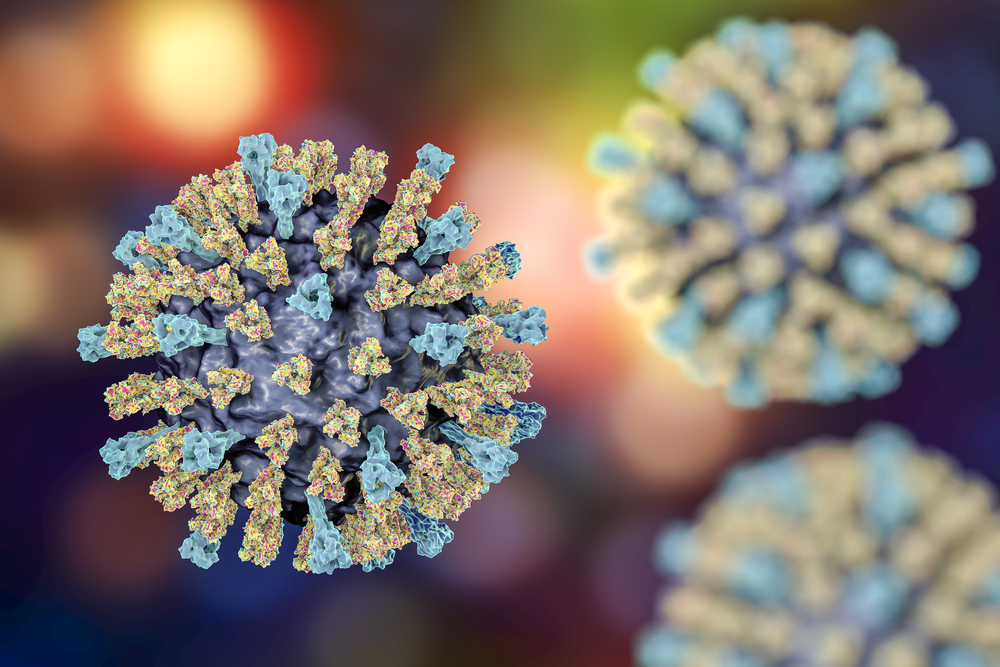Reducing SDS-PAGE gel showing purified CCHF Nucleoprotein running with an expected MW of approximately 53kDa.
Crimean-Congo Hemorrhagic Fever Virus Nucleoprotein
$469.99 – $1,824.41 excl. VAT
Recombinant Crimean Congo Hemorraghic Fever Virus Nucloprotein incorporating an N-terminal His-tag expressed in mammalian HEK293 cells.
CRIMEAN CONGO HEMORRHAGIC FEVER (CCHF) VIRUS NUCLEOPROTEIN
The Native Antigen Company have developed recombinant CCHF virus Nucleoprotein, expressed in mammalian HEK293 cells. The protein is full length CCHFV Nucleoprotein with an N-terminal His-tag incorporated. The expressed protein is a highly purified 55kDa glycoprotein. This protein is available for potential immunoassay development and for vaccine research.
PRODUCT DETAILS – CRIMEAN CONGO HEMORRHAGIC FEVER (CCHF) VIRUS NUCLEOPROTEIN
- Recombinant CCHFV Nucleoprotein (NCBI accession number NP_950237, amino acids 2-482).
- This protein consists of amino acids 2-482 and includes a N-terminal His-tag.
- Produced in HEK293 cells and stored in 50mM HEPES, pH7.3 and 175mM NaCl, 20% (v/v) glycerol.
BACKGROUND
Crimean Congo hemorrhagic fever (CCHF) virus is a tick-borne enveloped single stranded RNA virus that belongs to the genus Nairovirus and a member of the Bunyaviridae family. CCHF virus causes a hemorrhagic disease in humans with up to 80% case fatality. Although the virus has only caused sporadic disease in the past, the expansion of the range of its vector, the Hyalomma tick, is causing increasing concern that case numbers will continue to rise. Since CCHF was first described in Crimea in 1944, sporadic outbreaks have occurred globally. In 2015, CCHFV was identified by the WHO as an emerging virus which is likely to cause a severe epidemic and which may present a public health emergency. Zoonotic transmission from host animals is the primary route of infection, with concerns this may increase in the next 10-20 years as the timing of religious festivals change. The virus may also be spread effectively by human to human contact, especially in hospital settings. There are also concerns that it may be used as a bioterrorism agent, with evidence that work on this was carried out both in the USSR and in Iraq. Research into diagnosis of the illness, and also into vaccine development is increasing.The CCHF virus Nucleoprotein is a potential target for vaccine development, although efficacy has not yet been demonstrated. CCHF virus Nucleoprotein consists of a large, globular domain, plus a protrusion that contains a conserved caspase-3 cleavage site The globular region is responsible for RNA binding, while the role of the caspase-3 cleavage site is currently unclear.


